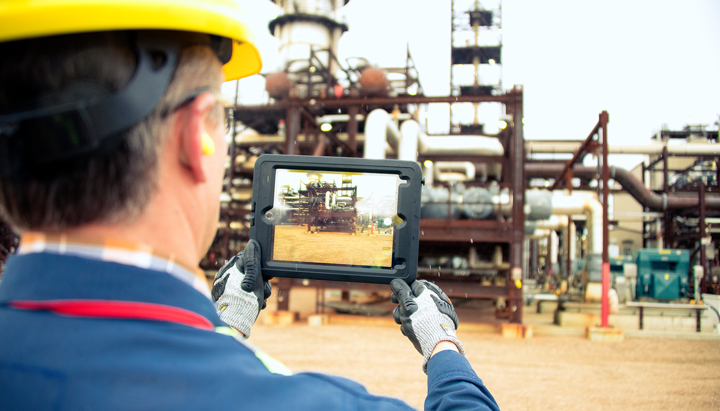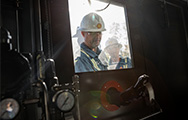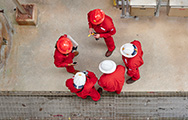Carbon capture and storage
We invest in projects to capture and store carbon dioxide (CO2) and we are exploring new ways of using CO2 once it has been captured. These are crucial steps to help us achieve our ambition to reduce the Net Carbon Footprint of the energy products we sell by around half by 2050, in step with society’s drive to reduce greenhouse gas emissions as it moves towards the goals of the Paris Agreement.
The majority of climate change scenarios produced by organisations such as IEA, IPCC and Shell require a large component of carbon capture and storage (CCS) in order to achieve the Paris goals. We recognise the scale of the challenge in developing CCS globally as quickly and as widely as needed.
Shell is participating in seven of the 51 large-scale CCS projects globally, listed by the Global CCS Institute.
Since 2015, we have operated the Quest CCS project (Shell interest 10%) in Canada, which captures and stores CO2 from the Scotford Upgrader. In its first four years of operations, Quest captured and safely stored more than 4 million tonnes of CO2, ahead of schedule.
In addition to Quest, the Chevron-operated Gorgon LNG CCS facility in Australia (Shell interest 25%) started operations in August 2019. Gorgon is the largest CCS operation in the world and, when fully operational, is expected to capture up to 4 million tonnes of reservoir CO2 annually.
In Norway, Shell is a partner in the Northern Lights project to develop ways to transport and store CO2 for industry across Europe. The aim is to transport CO2 by ship to a central hub and then send it by pipeline to an offshore storage location. Shell’s Cansolv technology has been selected for the CO2 capture at an energy-from-waste plant as part of the project.
Shell continues to invest in developing CO2 capture technology. For example, in Austria, our ViennaGreenCO2 project has completed its first year. The technology separates CO2 from flue gases in a lower-cost way (see Developing technology).
In 2019, the Oil and Gas Climate Initiative (OGCI) launched an initiative to unlock large-scale investment in carbon capture, utilisation and storage, a crucial tool to help society achieve net-zero emissions. The initiative aims to decarbonise industrial hubs around the world, starting in China, Norway, the Netherlands, the UK and the USA. It focuses on areas that limit the commercialisation such as lack of investor confidence, financial backing and access to expertise and data resources.
Shell, with OGCI’s investment arm, Climate Investments, and others, is working to develop the UK’s first commercial clean gas power CCS project as part of Net Zero Teesside, an industry partnership aiming to decarbonise a cluster of carbon-intensive businesses by as early as 2030.

The Shell Scotford Complex in Canada consists of a bitumen upgrader, oil refinery, chemicals plant and a CCS facility.
Society will struggle to achieve its climate goals without CCS. The technology is proven, but more projects need to be built. Accelerating the pace of CCS deployment requires collaboration between governments, industry and investors, among others, to help unlock financing capacity, accelerate technology development and encourage public support.
How carbon capture and storage works
See what is involved in the process of capturing and storing carbon dioxide deep underground
 Climate change
Climate change
 Sustainable development goals
Sustainable development goals
 Safety
Safety
 About our data
About our data
